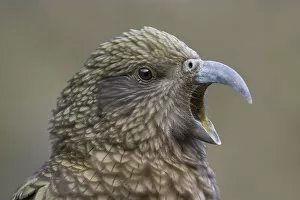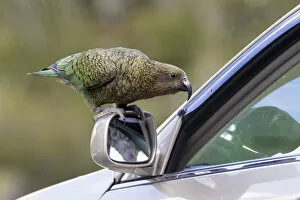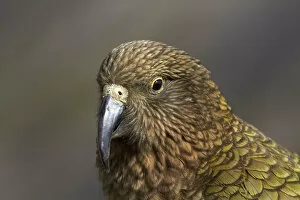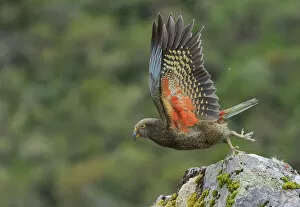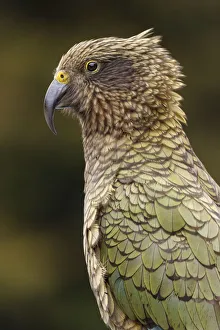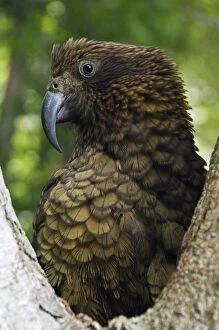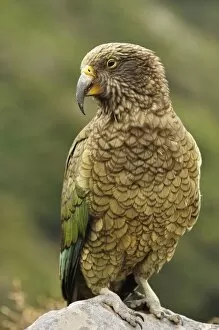Nestor Notabilis Collection
Nestor notabilis, commonly known as the Kea, is a fascinating species of parrot found in New Zealand's South Island
All Professionally Made to Order for Quick Shipping
Nestor notabilis, commonly known as the Kea, is a fascinating species of parrot found in New Zealand's South Island. With its vibrant plumage and mischievous nature, this bird never fails to capture our attention. In Arthur's Pass National Park, we witness the breathtaking sight of a juvenile Kea taking flight off a rock. Its wings spread wide, ready to explore the vast landscapes that lie ahead. This moment showcases the beauty and freedom these birds possess. Venturing further into Southland, we encounter the magnificent Kea Mountain Parrot. These intelligent creatures exhibit their playful behavior as they stand on car wing mirrors and curiously peer through partially opened windows. Their curiosity knows no bounds. A close-up portrait of an adult Kea reveals intricate details - from its mesmerizing eyes to the yellow hue at the top of its beak. It serves as a reminder that every aspect of this species has evolved for survival in their alpine habitat. As an endangered species, it becomes even more crucial to appreciate and protect these incredible birds. Juvenile Keas soaring through Arthur's Pass National Park remind us of their vulnerability and highlight conservation efforts needed to ensure their future existence. Mount Hutt in Canterbury provides another glimpse into the world - perched atop snowy peaks with majestic surroundings serving as their playgrounds. The resilience displayed by these parrots amidst challenging environments is truly remarkable. Picture No. 11993360 captures yet another stunning portrait of a Kea against a backdrop that showcases New Zealand's natural beauty perfectly - reminding us why preserving habitats like Arthurs Pass National Park is vital for both wildlife and humans alike. The Nestor notabilis or Kea stands out among other avian species due to its intelligence, adaptability, and unique behaviors such as playing with objects or solving puzzles using tools – traits rarely seen in other birds but highly valued by researchers and bird enthusiasts.



